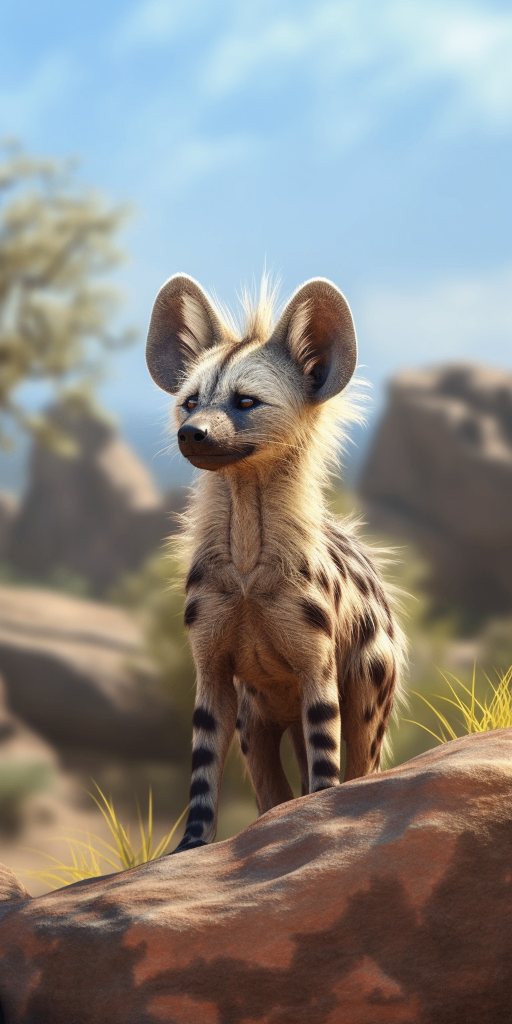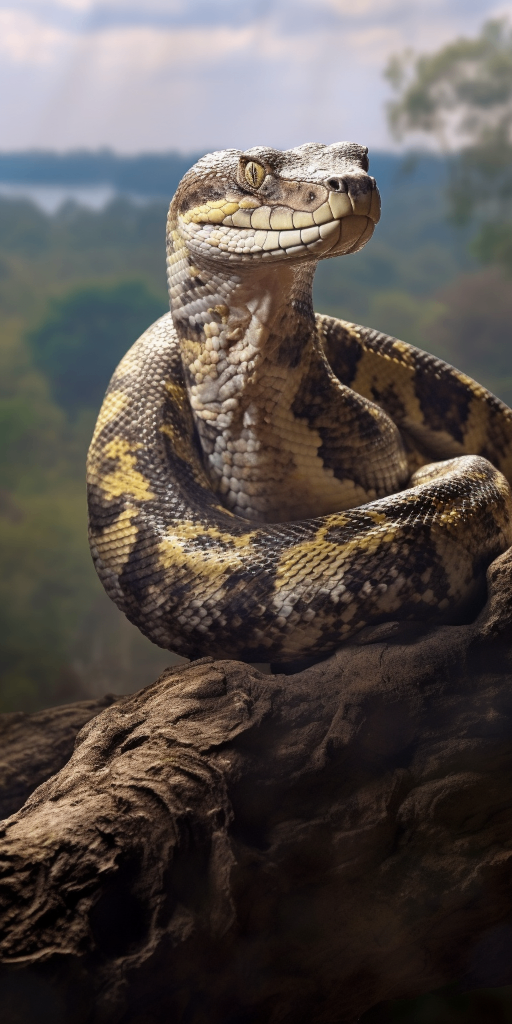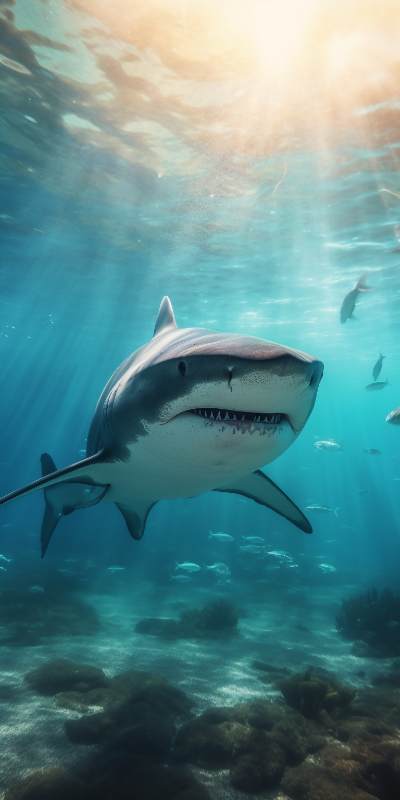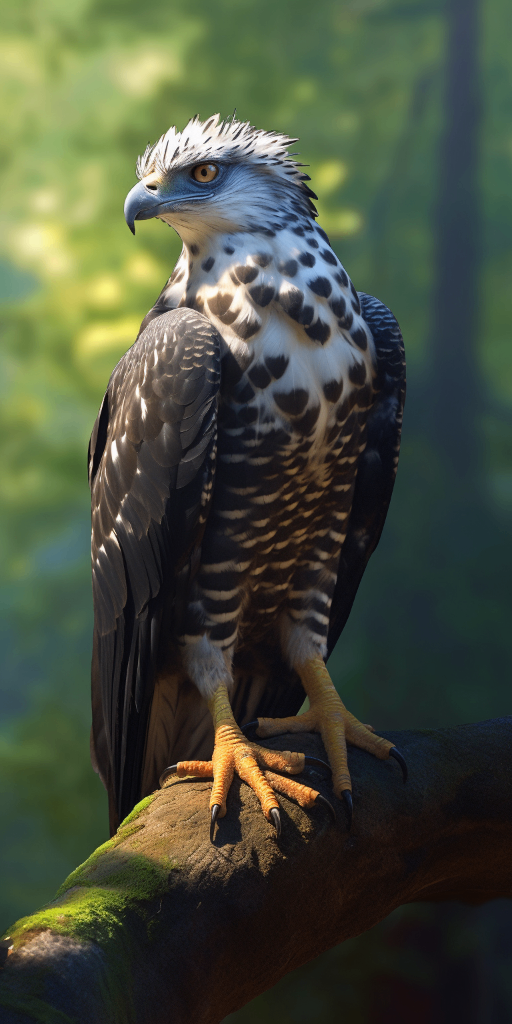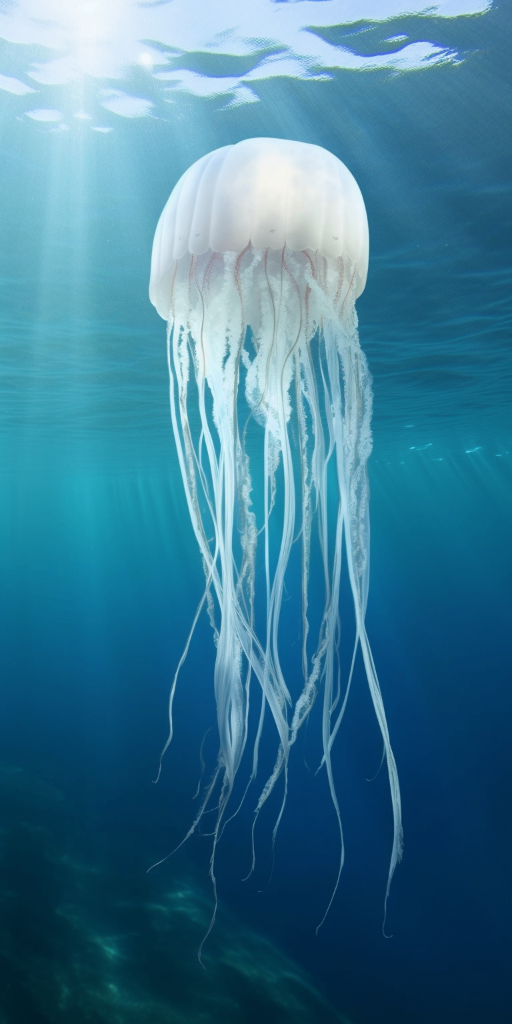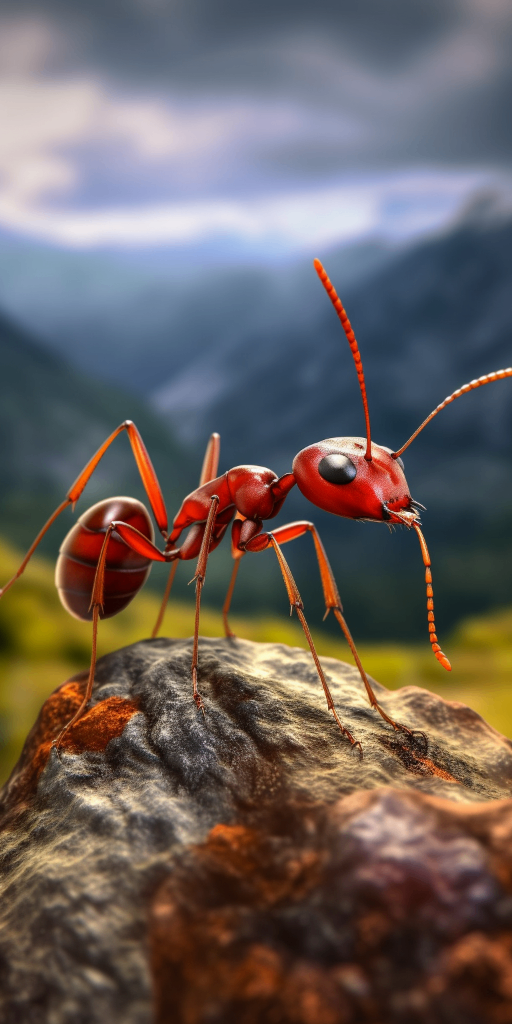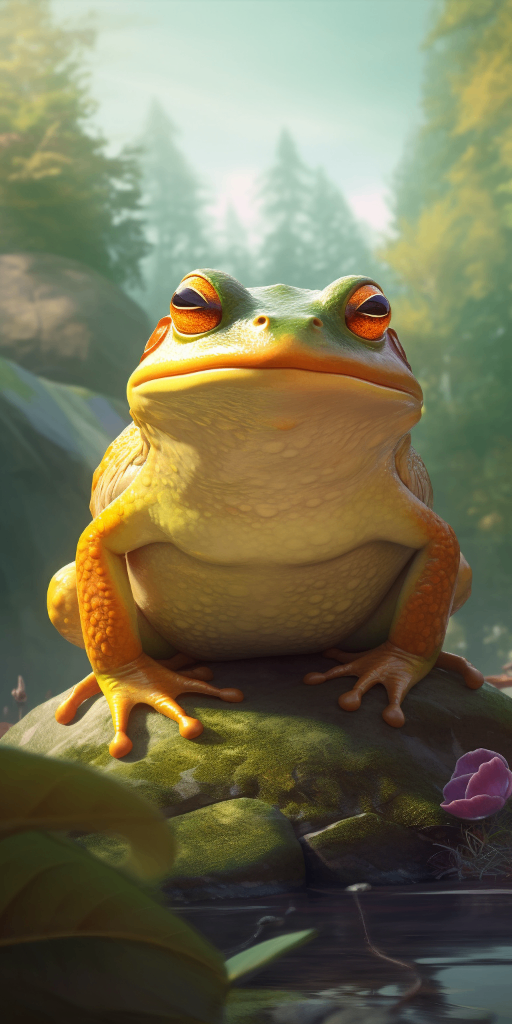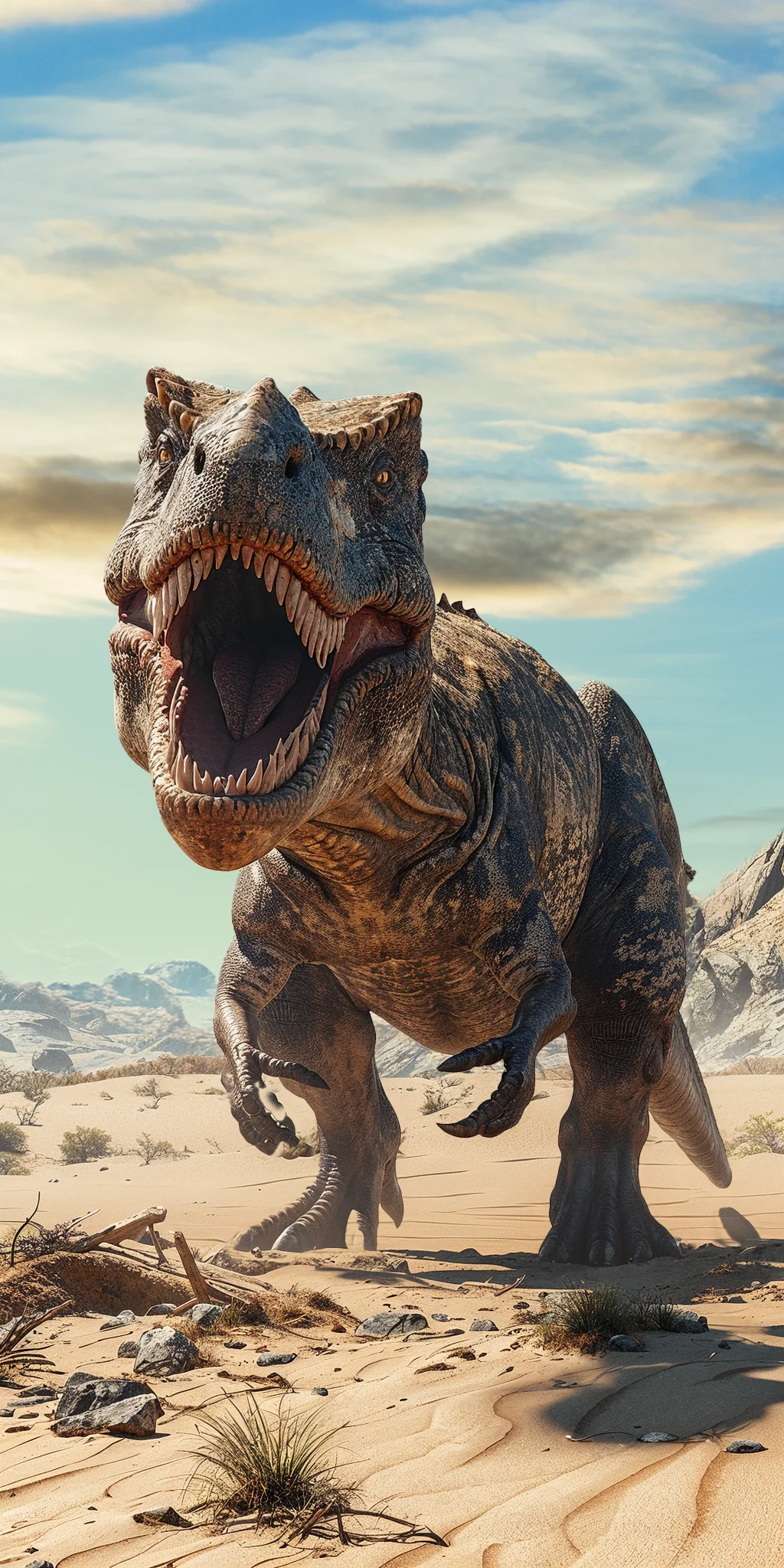The Compsognathus
Compsognathus, also known as the "dinosaur of the jungles," was a small, carnivorous dinosaur that lived during the Late Jurassic period. It was about the size of a chicken, with long legs, a slender body, and sharp teeth for hunting small prey. Compsognathus had a lightweight build and likely had feathers covering its body, making it an agile and fast predator.
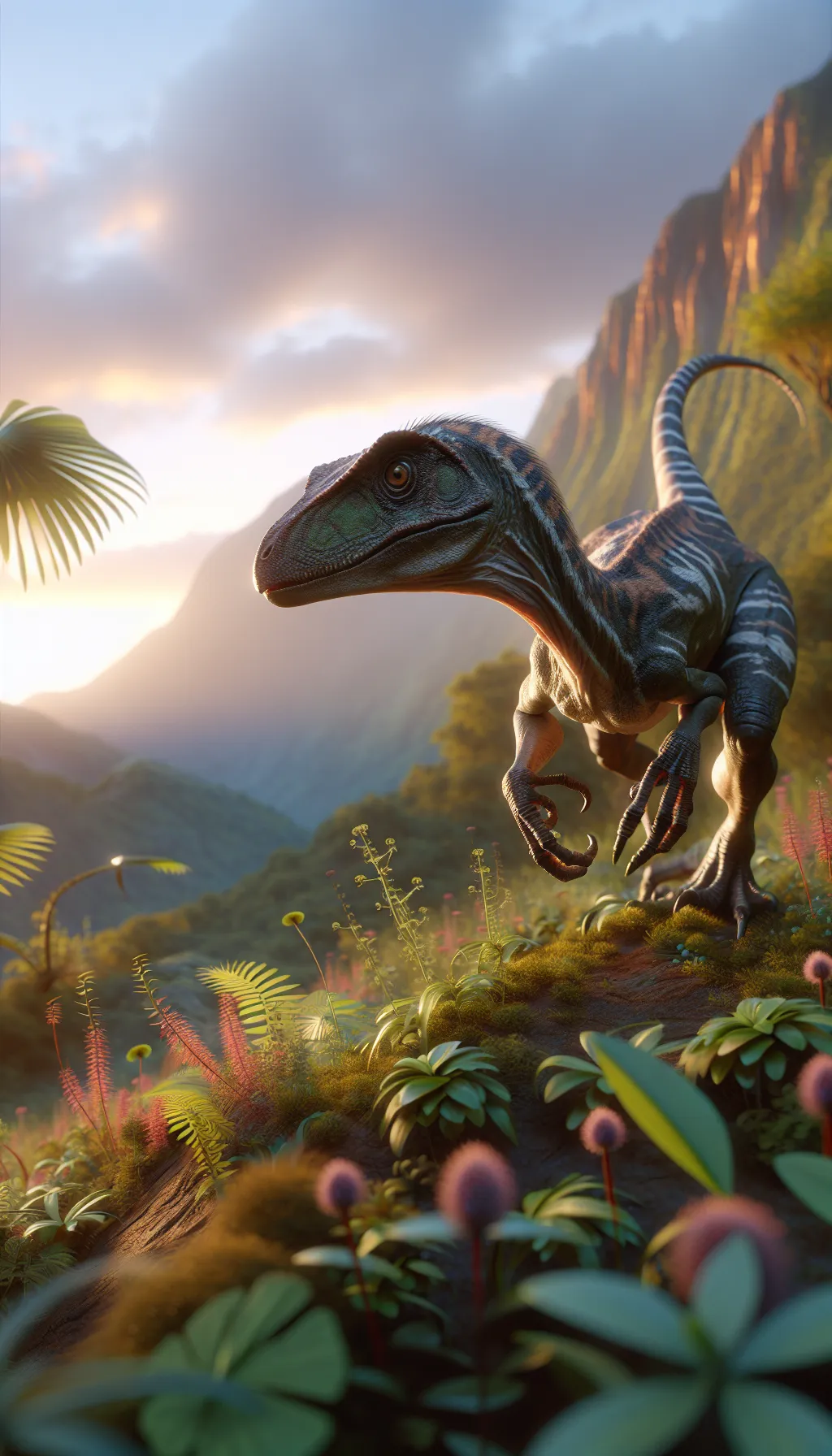
| Compsognathus | |
|---|---|
| Size | 3 feet (0.9 meters) |
| Weight | 6 pounds (2.7 kilograms) |
| Speed | 23 mph (37 km/h) |
| Key Strength | Speed and agility |
| Biggest Weakness | Lack of size and strength |
| Scientific Name | Compsognathus |
| Family | Compsognathidae |
| Habitat | Woodlands |
| Geography | Europe |
| Diet | Carnivorous |
| Lifespan | 12 years - 15 years |

The Compsognathus
Compsognathus, also known as the "dinosaur of the jungles," was a small, carnivorous dinosaur that lived during the Late Jurassic period. It was about the size of a chicken, with long legs, a slender body, and sharp teeth for hunting small prey. Compsognathus had a lightweight build and likely had feathers covering its body, making it an agile and fast predator.
Fun Fact: Compsognathus is one of the smallest known dinosaurs, with some specimens only reaching the size of a chicken.
| Compsognathus | |
|---|---|
| Size | 3 feet (0.9 meters) |
| Weight | 6 pounds (2.7 kilograms) |
| Speed | 23 mph (37 km/h) |
| Key Strength | Speed and agility |
| Biggest Weakness | Lack of size and strength |
| Scientific Name | Compsognathus |
| Family | Compsognathidae |
| Habitat | Woodlands |
| Geography | Europe |
| Diet | Carnivorous |
| Lifespan | 12 years - 15 years |
Compsognathus Matchups
We use AI to simulate matchups between the Compsognathus and other animals. Our simulation considers size, strength, and natural predatory behaviors to determine the most likely outcome.
Compsognathus: Diet, Predators, Aggression, and Defensive Behaviors
What did Compsognathus eat?
Compsognathus were small, carnivorous dinosaurs that primarily fed on small lizards, insects, and other small vertebrates. Their diet also included small mammals, birds, and possibly fish. With their sharp teeth and agile bodies, they were skilled hunters capable of catching swift prey.
Did Compsognathus have any predators?
Compsognathus were small dinosaurs themselves, so they were likely preyed upon by larger predators of their time, such as other theropod dinosaurs like Allosaurus or possibly even Pterosaurs. Their small size and swift movements may have made them vulnerable to becoming prey for larger predators in their ecosystem.
Were Compsognathus aggressive?
Compsognathus were not known to be inherently aggressive dinosaurs. They were more likely to be opportunistic hunters, waiting for the right moment to strike their prey rather than engaging in aggressive behavior towards other creatures or members of their own species.
Did Compsognathus fight?
Compsognathus were likely to engage in fights with members of their own species or other predators when food or territory was scarce. Their small size and quick movements may have led to agile fighting tactics, such as biting or jumping, when confronted by a threat.
How did Compsognathus defend themselves?
Compsognathus may have defended themselves by using their sharp teeth and agility to escape from predators or threats. They may have also relied on their speed and camouflage to avoid detection or blend into their surroundings, making it difficult for predators to spot them.
What was Compsognathus' biggest weakness in a fight?
Due to their small size and lightweight build, Compsognathus may have lacked the physical strength to overpower larger predators in a fight. Their fragile bones and delicate body structure may have made them susceptible to injuries or being overpowered by larger, stronger dinosaurs in confrontations.
Fun Fact: Despite its small size, Compsognathus was likely a swift and agile predator, capable of outrunning its prey.
Fun Fact: Compsognathus is believed to have had a high metabolism, which would have required it to consume a lot of food to sustain its energy levels.



